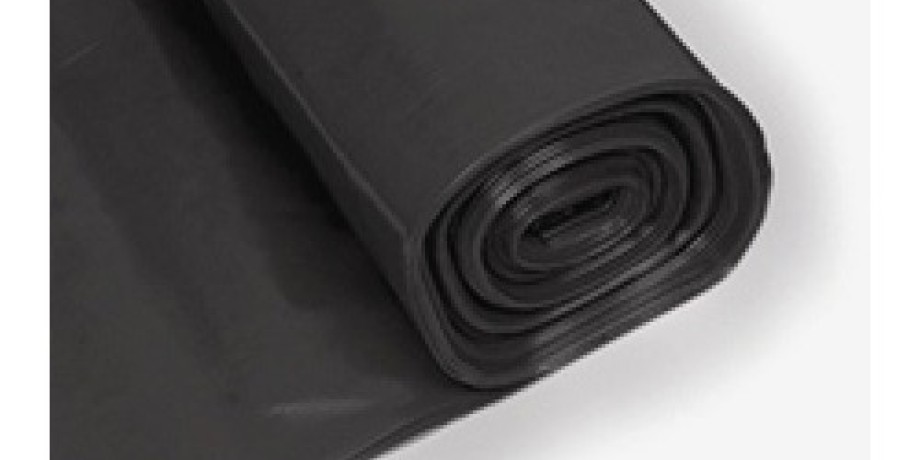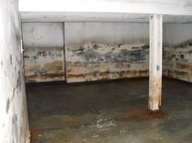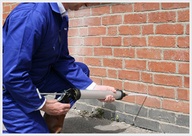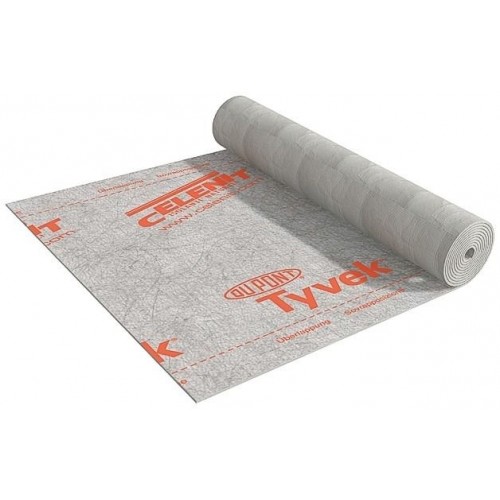How to Deal With Moisture Issues

by Mark Row
 Breather Membranes and Damp Proofing
Breather Membranes and Damp Proofing
Dealing with moisture issues within ones home is important for many reasons. Not only that damp, moisture, condensation and water penetration can affect the building structure, its stability and durability, but this can also present a potential hazard for our health. Many of these problem are often not even noticed before the damage has already been done. This is why it is important not only to address these problems when they occur, but to also deal with moisture issues preventively. In order of doing so, you will need to know some basics on breather membranes and damp proofing.
What are Breather Membranes?
Breather membrane (link) is one potential way of dealing with moisture and is basically added in the construction phase in order of protecting the building and its structure from external effects that are usually not under our control, such as water leakage, effects of condensation etc. A breather membrane works as a protective layer, preventing moisture from coming inside while allowing water vapor to leave the house. So, it basically works both ways, keeping your home safe from all the negative effects of damp and moisture, such as condensation effects, like mildew and mold, rot, fungus and all forms of deterioration caused by water leakage and water exposure.

In order of dealing with moisture problems, breather membranes consist of a number of aluminum layers bonded together, allowing the building to “breathe”, that is keeping the water from getting in and allowing the water to escape. These are usually added to roofs, walls and floors under the finish, if they are not themselves designed to replace the finish.
Breather membranes are, as previously mentioned, usually applied for protecting floors, roofs and walls from water leakage, with different installation process but basically same purpose. Using breather membranes in flooring will protect your tile or timber floors from moisture leaking up while at the time allowing it to escape from floors beneath. It could be particularly useful when added to basement ceiling insulation thus preventing water vapor from penetrating to the floor above. When used for roofing, breather membranes are usually installed after roof joists construction, under the roofing and are especially valuable if there is a loft beneath. Finally, breathable membranes are also used as wraps for external walls, installed between the cladding and the framing. If by any means would the cladding be damaged by water leakage, the membrane will prevent the moisture from reaching your cavity wall insulation. This is why it is important that the membrane, when used for external wrapping is resistant to daylight, rain, wind or other external effects.
If you have decided to deal with moisture issues in the construction phase, we would recommend DuPont Tyvek Housewrap Breather Membrane, available right here at Insulation London. Namely, it is ideal for steel-frame, timber frame walls and concrete structures. It can be fixed directly to insulation, being lightweight and very flexible, water resistant and windtight, enhancing the construction airtightness.
About Damp Proofing
Believe it or not, damp issues are the most common problems today households encounter with. They might not seem so dangerous and harming at first, but can have severe consequences if not properly dealt with. Damp proofing is another way to deal with moisture within your home, since being a type of waterproofing, it will prevent moisture from getting in through the walls.
The first and probably most important step in dealing with moisture issues is detecting and determining what the real problem is, since damp can take many forms, such as rising or penetrating damp. Each issue includes different “healing” techniques so should be approached with care.
Rising damp is the most common problem, especially in older structures with no damp proof course installed into the walls or it being damaged over time. Rising damp is basically a natural process. Namely, ground water finds its way through the stone and brick work of the wall, settling salt onto the wall surface which, in time, draws moisture and cause rising damp. If you have noticed your wallpaper peeling off the wall or mold above skirting boards, you probably have a rising damp problem that needs to be addressed, since it can be harmful for your health, it can increase heat loss and cause timber structures to rot. There are a few ways to deal with this moisture and damp problem. If some external features (like patio or flowerbed) are installed above the rising damp barrier, they might be the ones to blame, so they need to be moved under the barrier. If this is not the case, some other methods need to be applied, like injecting some water repellant chemicals or installing a new damp proof barrier.
Another potential issue is penetrating damp. The problem with penetrating damp is usually connected with and caused by masonry cracks, bad plumbing or damaged gutters and it is shown through watermarks on the walls, mold growth, damaged timber and plaster, musty odors etc. In order of addressing this issue, you will have to determine what is causing the problem and carry on the necessary repair work and install a proper damp proof membrane that will stop the damp from penetrating in and the problem reappearing in time.
Feel free to share your opinion on Tackling Dampness in the comments section below. I will be happy to answer all your questions.





































































































































